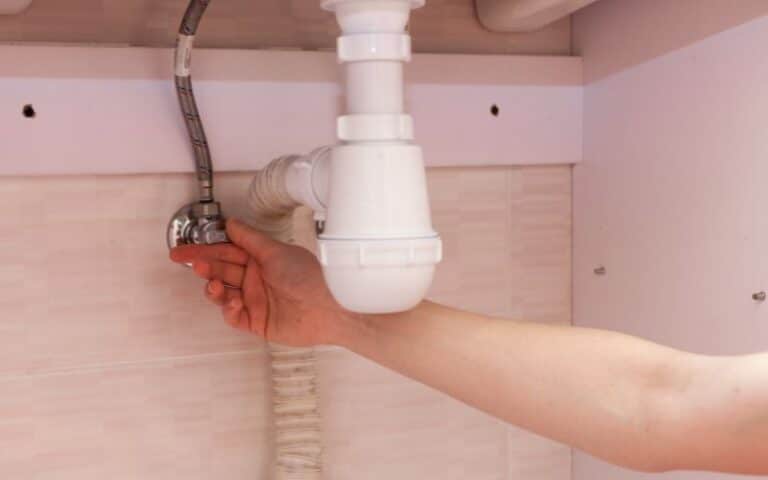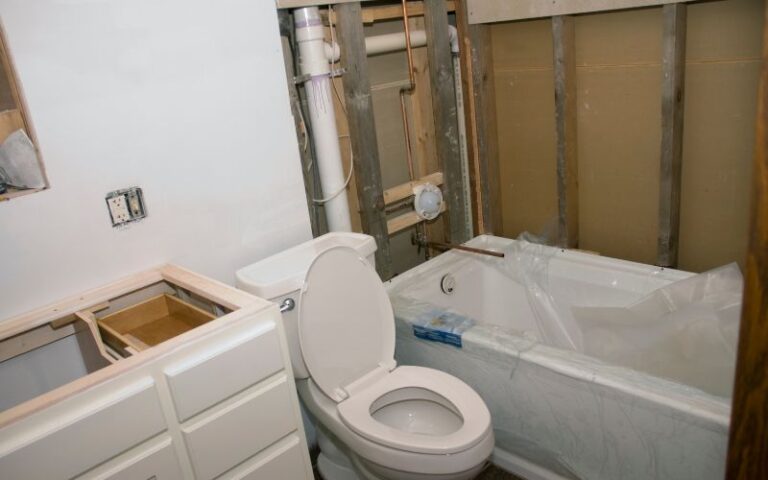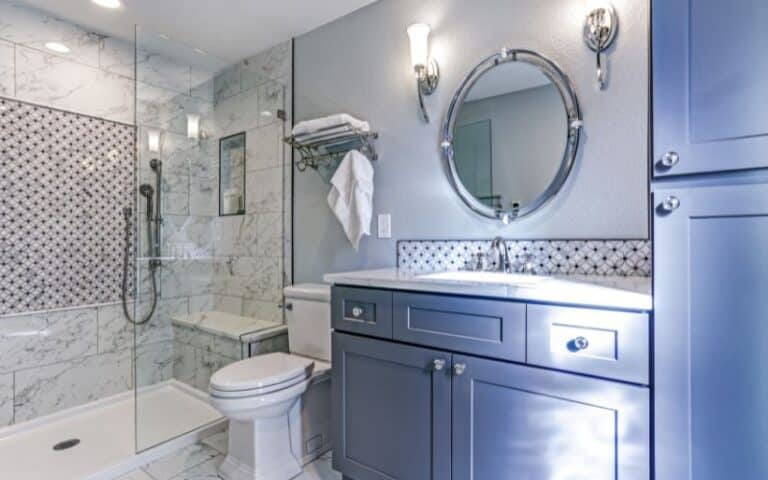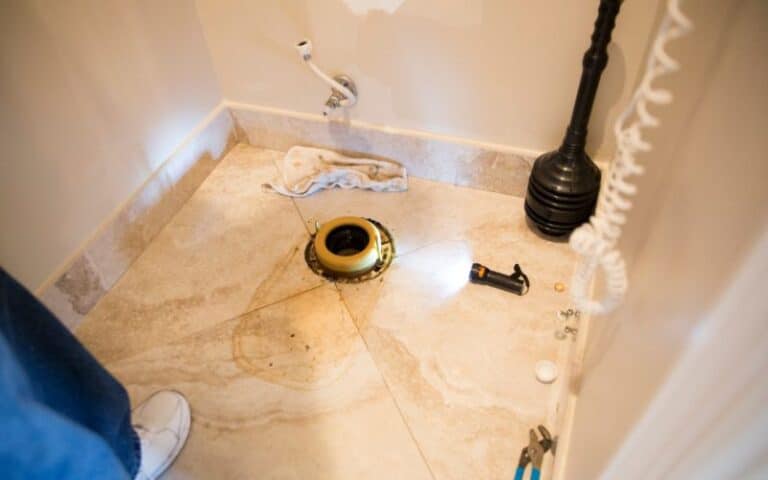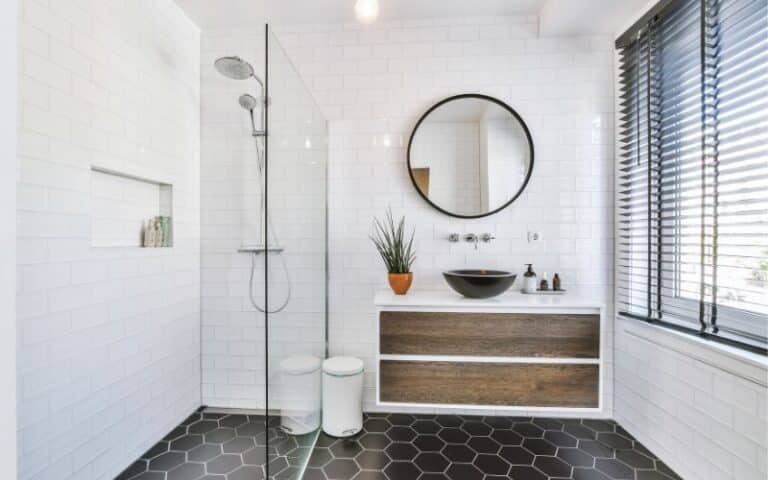Several changes might occur around your AC vents. You can find these changes in and around your home.
The changes you find in the Bathroom may be different. These changes may also be problematic because of the role your bathroom plays.
Condensation on an AC vent can leave significant marks on your wall. If you’re keen on aesthetics, you should know what caused this condensation and how to prevent it.
Condensation on your bathroom AC vent is usually due to high humidity, low refrigerants, clogged drain lines, dirty coils, and air filters. While this is a worrisome situation with negative impacts around the home, it is fixable and preventable. You can fix AC vent condensation by reducing humidity levels around the house and cleaning your air filters and coils.
In this article, you will find out why condensation particles are along the vent of your AC in the Bathroom.
Furthermore, if you stick around to the end, you’ll learn how to prevent your bathroom vent from sweating out.
Why Is There Condensation on My Bathroom AC Vent?
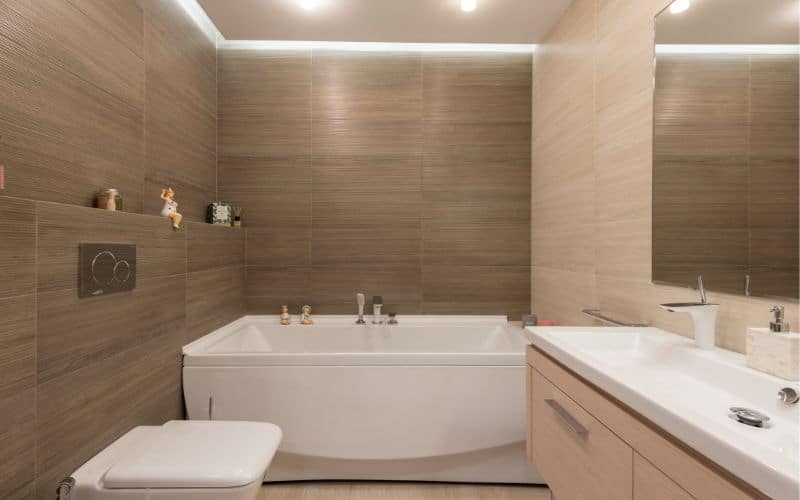
You commonly may find water droplets on the walls of your Bathroom or other places in your home. This water moisture can be worrying most times.
Condensation on vents is water molecules that appear due to vapor conversion to liquid.
Here are some reasons you will find condensation in the Bathroom:
#1. High Humidity Levels
The commonest cause of condensation is a high humidity level. Humidity is the amount or quantity of water vapor present in the atmosphere.
This value shows how much moisture is in an environment. The higher the humidity in an environment, the wetter the atmosphere.
Atmospheric pressure is connoted by water vapor. The water vapor in the air is easily converted to liquid when there are slight temperature changes.
High levels of humidity can cause you to be uncomfortable. Aside from the discomfort, you can blame high humidity levels for so many electrical malfunctions.
When molds develop in your Bathroom, the most common cause is the presence of high humidity levels.
Water vapor from bathroom high humidity levels settles and condenses on the AC vents. When they settle, they become moisture and cause some malfunctions in your AC.
Humidity is formed by increased temperature in the bathroom combined with persistent moisture.
The commonest events that can increase the humidity in a bathroom include boiling water, use of humidifiers, and hot showers.
The mechanism with which condensate forms on the vents of an AC in a bathroom is simple. It can be likened to what happens to the body of a cold glass of water in a hot room.
Once the hot air meets the cold air in the vents, the temperature changes convert the water vapor to moisture.
#2. Low Refrigerant Levels
The major cause of condensation is a slight temperature difference between two surfaces. In many instances, a low refrigerant level can cause water vapor to convert to moisture quickly.
Once this conversion occurs, condensate begins to form on the AC vent. The AC unit begins to freeze up along the vent whenever the refrigerant is low.
This drop in temperature attracts moisture from the already humid atmosphere. When your refrigerant begins to leak, more condensate begins to form in the vent.
The condensation from a leaky vent is rapid because the Bathroom becomes increasingly humid, and more vapor is converted to moisture.
The commonest refrigerant used in an AC is the R-22 or freon. Depending on the type of air conditioner you use, other ACs use Puron or R-410A.
The refrigerant is an important component of an AC system. The refrigerant travels through the copper coils and, in the process, exchanges the heat in the room with a cooler exterior.
Whenever the refrigerant begins to leak, the condensate forms along the path of the leak once the hot comes in contact with the vent.
This feature is a major identifier of a leaky refrigerant. When this leak occurs, the refrigerant reduces in quantity and forms more condensate along the vent of the AC.
#3. Dirty Air Filters and Coils
Dirty air filters and evaporator coils can increase the condensation on the AC vent in your Bathroom. The mechanism of action in this condition is well known.
When air filters and coils are blocked with dirt, airflow is restricted. In the case of the filters, cool air is trapped, and the AC cannot exchange it for cool air.
Once cool air cannot come in, hot air is trapped in the vents, and condensation quickly forms.
The condensate forms because cold air is trapped within the unit and prevents adequate exchange of gases between the cooler exterior and the hotter Bathroom.
On the other hand, a dirty evaporator coil can cause the AC unit to freeze, which causes water to drip out of the unit when the ice melts.
The evaporator coil removes heat from the air conditioner when the refrigerant comes in contact with the copper tubing.
The filters capture particles as the air moves from the interior through the blower. These particles are pushed out through the ducts.
The air filters act as a sieve to prevent varying-sized particles from entering the coils. Once dirt blocks this unit, condensation might form on the AC.
#4. Clogged Drain Lines
A clogged drain may not directly bring condensates. The mechanism of condensates in clogged drain lines is the same as that of dirty air filters and evaporator coils.
In this case, condensates form because the water produced from the after-cooling effect cannot flow away.
When this water accumulates, condensation forms over time.
#5. Blocked Ducts
Blocked ducts also restrict airflow and exchange from the AC unit and exterior. As the AC unit cools down air, it exchanges the air with the hot air in the interior.
The ducts act as the pipes that drain the air from the inside to the outside and vice versa.
Should I Worry About the Condensation on My Bathroom AC Vent?
You should be worried about the condensation on your bathroom AC vent. The causes of these condensates have the potential to damage your AC unit and walls.
Aside from the damages, you may pay higher electricity bills because your AC might consume more electricity.
Condensate forms on an AC vent might be normal, but they are no longer normal when they accumulate.
An accumulation of condensation on the bathroom AC vent is a cause for worry. When you find this problem, you should attempt to fix it immediately.
When this condensation occurs, you might be dealing with poor insulation or a blocked AC duct. In some cases, there may be a leak in the refrigerant.
A leaky refrigerant should warrant your greatest worry because of the hazards refrigerant poses to your health when you inhale it.
Other reasons you should worry about include the damage the condensate can bring to the wall. Most times, the condensate makes the walls pill off.
How To Stop the Condensation on Your Bathroom AC Vent
You can stop the condensation on your AC vent in the bathroom. After determining the cause of the condensation, you can easily fix it.
Depending on the cause in your home, the following can help you stop condensation from your bathroom AC vent.
#1. Reduce the Humidity Levels
The commonest cause of condensates increasing at the vent of your bathroom AC is the persistent humidity of your Bathroom.
You can reduce the humidity levels by having a humidity fan or an air dehumidifier to remove excess air from the Bathroom to the outside.
#2. Block all Refrigerant Leaks
Top up the refrigerant level whenever you suspect a leak, and always call a professional to come and fix any ongoing leaks.
Also, do not allow leaks to remain for long; ensure to fix them on time.
Call a professional to identify and block any leaks when you notice them. A professional can also detect potential leaks and repair those coils before they break.
#3. Clean Filters and Coils Regularly
Clean filters and coil regularly. It would be best to clean the evaporated coils because they can be blocked by debris.
When these openings are blocked, you will notice increased condensation on your bathroom vent.
The table below summarizes the causes of condensation on a bathroom AC vent and how to stop them.
| Causes Of Condensation on AC Vent | Solution |
|---|---|
| High humidity levels | Use a dehumidifying fan |
| Low refrigerant levels | Detect and block all leaks |
| Dirty air filters and coils | Clean filters and coils |
| Blocked ducts | Clear debris |
Can I Prevent My Bathroom AC Vent from Sweating?
You can prevent the AC vent in your Bathroom from sweating. When the AC vents in the bathroom sweat, it implies it has begun accumulating condensates.
When vents begin to sweat, this is not normal. It usually results from an inadequately insulated vent.
When a vent is poorly insulated, it begins to sweat excessively. To prevent this excessive sweating, be sure to check for the insulation in the copper wiring.
When you insulate the copper wiring, the refrigerant flows faster through its tubes and when it exchanges air with the exterior.
Inspect all the air filters and ducts. It would be best if you frequently looked out for anything that may block any of these components.
Once this AC part is blocked, your vents will sweat excessively. Proper maintenance prevents your AC from sweating excessively at all times.
Other preventive measures you may take to inspect the drain line regularly. The drain line might also be clogged with particles, hence increasing the condensate formed by the blockage.

